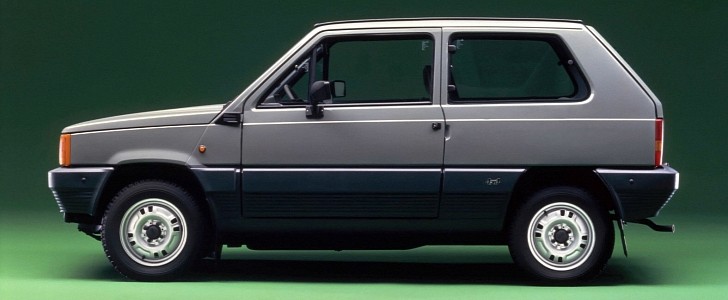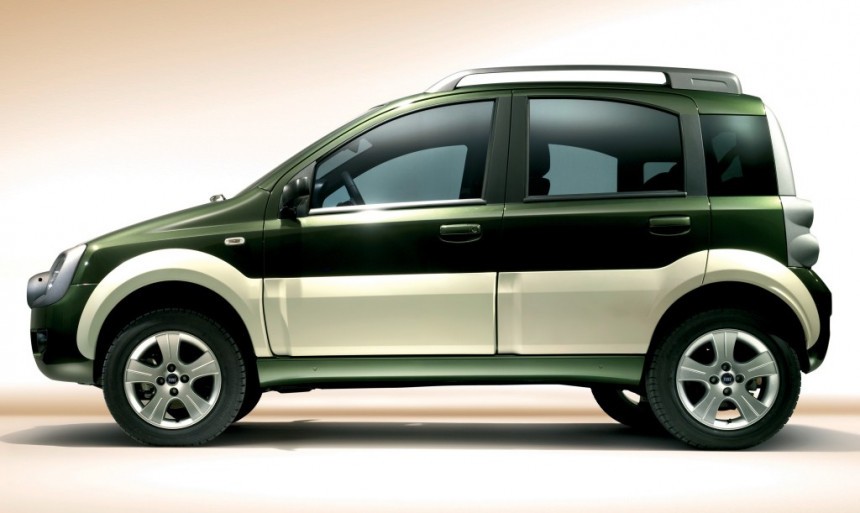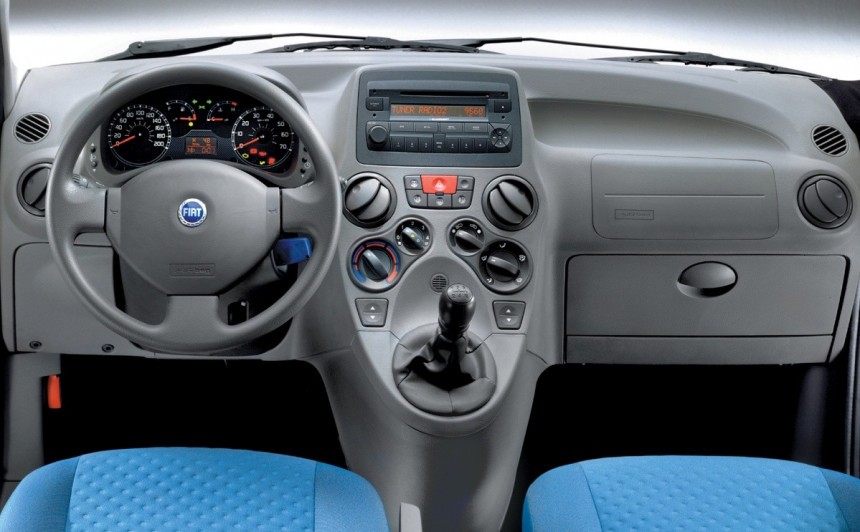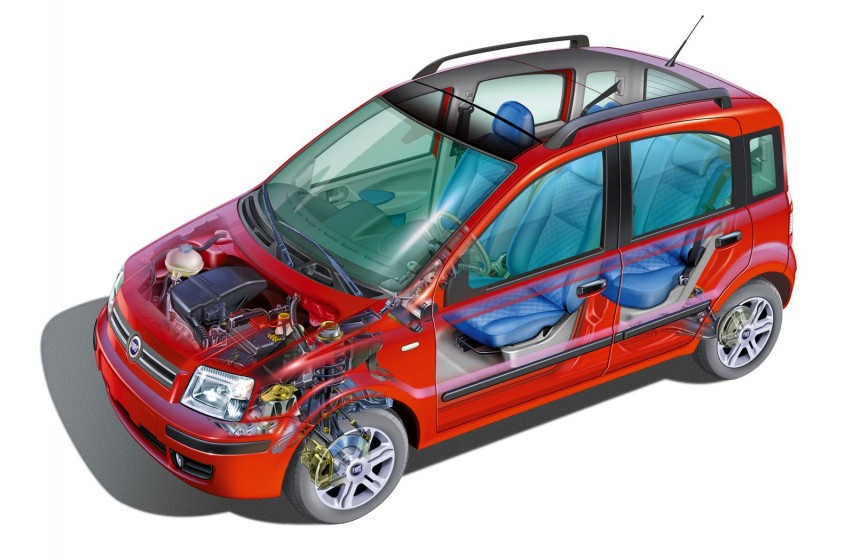Practicality is the first thing we are looking for in a small city car, and thanks to a constant stream of innovation and creative solutions, this is precisely what designers and engineers at Fiat managed to deliver with every new iteration of the Panda.
Slightly bigger than the 500 yet equally nimble through crowded city streets, the iconic small Fiat just turned 40 this month. It could be argued that the first 1980s model established a brand character to which all other Pandas kept faithful to throughout the years.
Head of EMEA Heritage Roberto Giolito calls the Panda “Fiat’s most rational, most accessible and most democratic car”, one which incorporates “smart solutions” for practicality, versatility, and ease of life, all in an affordable package.
First, there was the deceptively ample interior. Right of the bat, Fiat wanted for their small car not to feel cramped and partly managed this by making the panels and dashboard as uncluttered as possible. All furnishings were eliminated, as well as the roof lining, and springs for the rear seats, the latter replaced with a tension canvas hanging on metal bars.
Roberto Giolito also comments that an "empty interior" also gives a feeling of ownership of the space to the occupants, who are free to manage their various knick-knacks however they see fit between a small number of open compartments.
Visibility was another of the original Panda’s strong points, achieved with large flat glass windows and narrow frames to give an almost uninterrupted 360 degrees view from the diver's seat. A tailgate light was added to ease parking in low visibility conditions.
But a Panda is nothing if not affordable. To reduce weight and costs, non-vital elements like the rain gutters were removed, and the front grill was simply cut into the steel sheet on the first generation.
Inspired by industrial vehicles, a protective band surrounded the lower half of the first Panda. Its purpose was to prevent corrosion and ward against the inevitable small impacts characteristic of city driving. However, no one would deny it does wonders in the looks department as well, which is probably why this Fiat innovation became so ubiquitous during the 80s and 90s.
Connectivity was the name of the game throughout the 2010s. The Panda was the first in its segment to feature a Cradle smartphone holder and Waze navigation built into its own Panda UConnect app. The little car became a “veritable mobile hotspot” with the introduction of built-in Wi-Fi made by Wind.
The latest feature to grace the Panda is a new full spectrum sanitizing system, making an appearance just this May amidst the height of the Cglbal health crisis. The D-Fence contains an air purifier, UV lamp, and passenger compartment filter.
Truly, the Panda is ever in step with the times. May it see many birthdays for years to come!
Head of EMEA Heritage Roberto Giolito calls the Panda “Fiat’s most rational, most accessible and most democratic car”, one which incorporates “smart solutions” for practicality, versatility, and ease of life, all in an affordable package.
First, there was the deceptively ample interior. Right of the bat, Fiat wanted for their small car not to feel cramped and partly managed this by making the panels and dashboard as uncluttered as possible. All furnishings were eliminated, as well as the roof lining, and springs for the rear seats, the latter replaced with a tension canvas hanging on metal bars.
Visibility was another of the original Panda’s strong points, achieved with large flat glass windows and narrow frames to give an almost uninterrupted 360 degrees view from the diver's seat. A tailgate light was added to ease parking in low visibility conditions.
But a Panda is nothing if not affordable. To reduce weight and costs, non-vital elements like the rain gutters were removed, and the front grill was simply cut into the steel sheet on the first generation.
The list of technologies first introduced by the Panda to the affordable car market does not stop there.
The 2013 model was the first small car to use braking assist with Fiat’s City Brake Control. This employs a LIDAR to detect when an impact is imminent at a range of up to 40 ft (12 m) and applies the brakes accordingly. Quite a bit of tech for the Panda’s price range!
The latest feature to grace the Panda is a new full spectrum sanitizing system, making an appearance just this May amidst the height of the Cglbal health crisis. The D-Fence contains an air purifier, UV lamp, and passenger compartment filter.
Truly, the Panda is ever in step with the times. May it see many birthdays for years to come!









